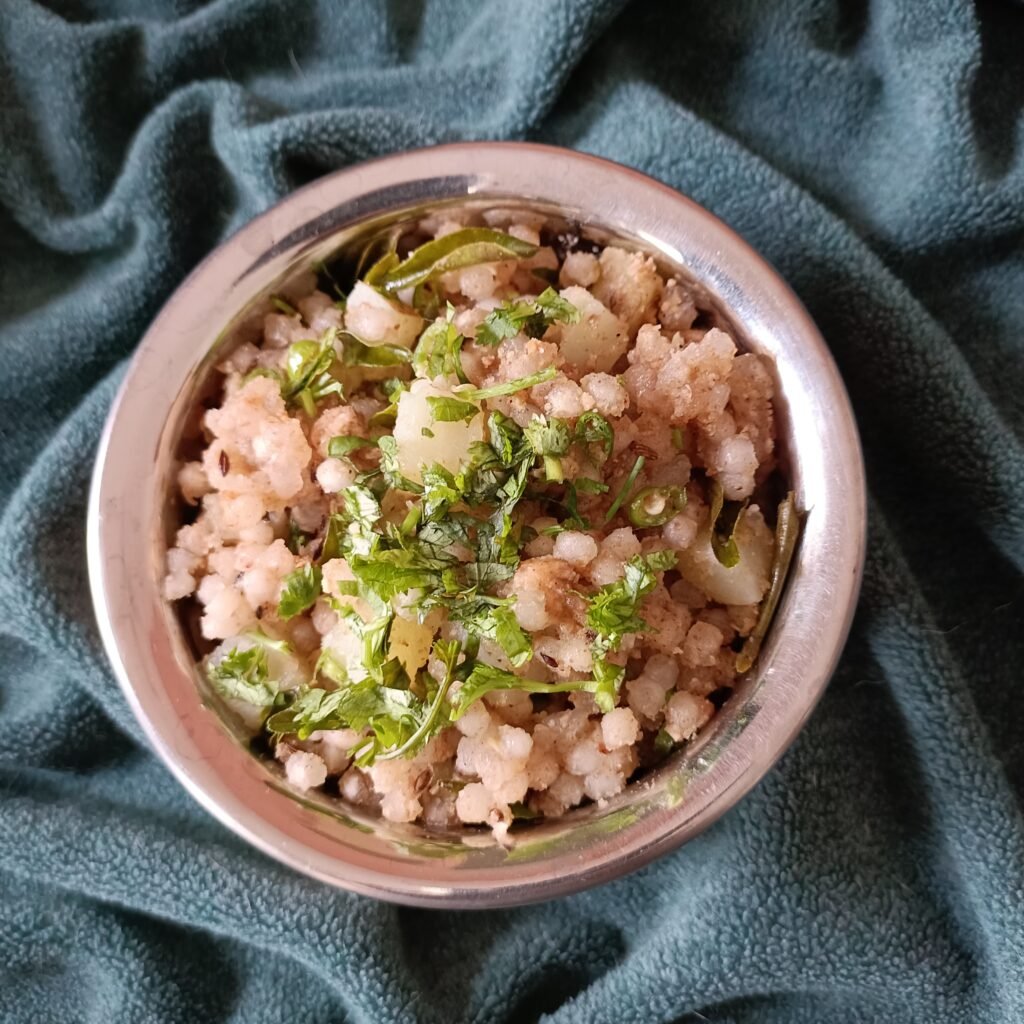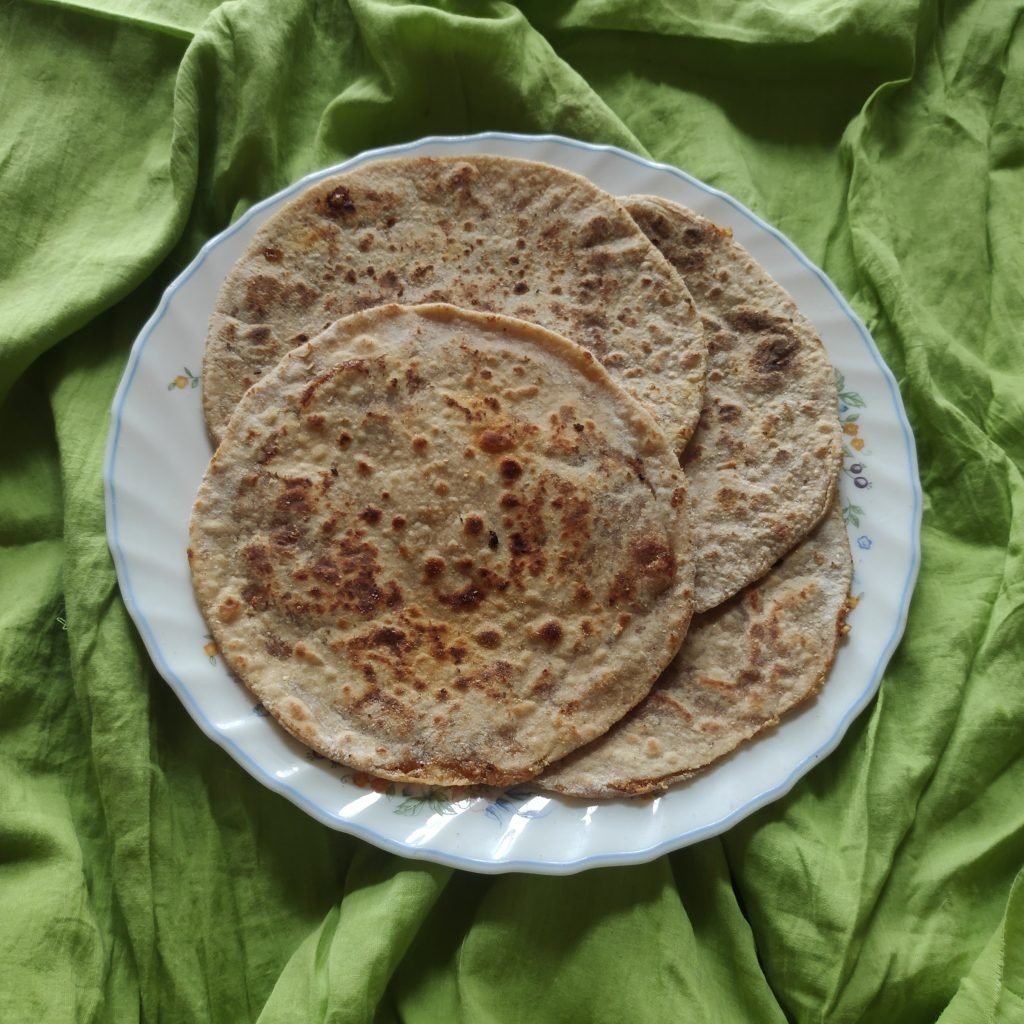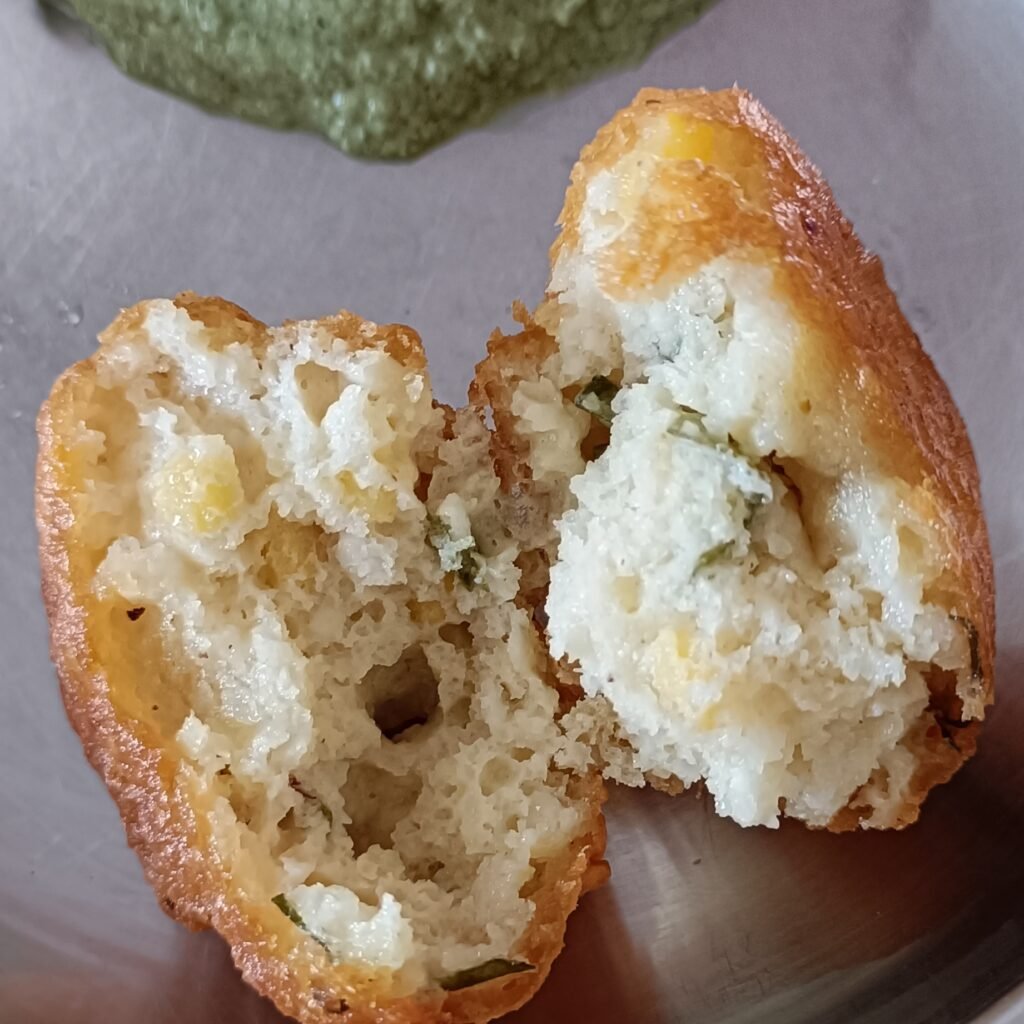Millets are small-seeded grasses or cereal-grains that have been grown for centuries. They are popular because they grow in many adverse conditions like in arid climates. There are a variety of millets grown around the world as cereal crops or grains for fodder and human food. Ragi or nachni (finger millet) is one of these ancient millets and is mostly grown and consumed in Karnataka, and to a limited extent in Andhra Pradesh, Tamil Nadu, Odisha, Maharashtra, Uttarakhand and Goa. It has different names in local languages. In India finger millet is commonly called by various names like ragi (in Kannada, Telugu and Hindi), also Mandua/Mangal in Hindi, Kodra (Himachal Pradesh), Mandia (Oriya), Taidalu (in Telangana region), Kezhvaragu in Tamil etc. It is used in a variety of dishes from porridges, rotis, sweet puddings and laddoos to name a few. More recently, it is being used in making puffed ragi grains which is then used as a breakfast cereal or in snacks like chivda, etc.
Millets are gluten free, boasts high protein, fiber, and antioxidant contents and therefore have numerous health benefits, including helping to lower your blood sugar and cholesterol levels. Ragi or nachni is an excellent source of natural calcium which especially helps in strengthening bones for growing children and aging people and in the maintenance of bone health in adults. Regular consumption of finger millet was part of the traditional Indian diet for centuries. It may help keep diseases such as osteoporosis at bay and could reduce the risk of fracture.









